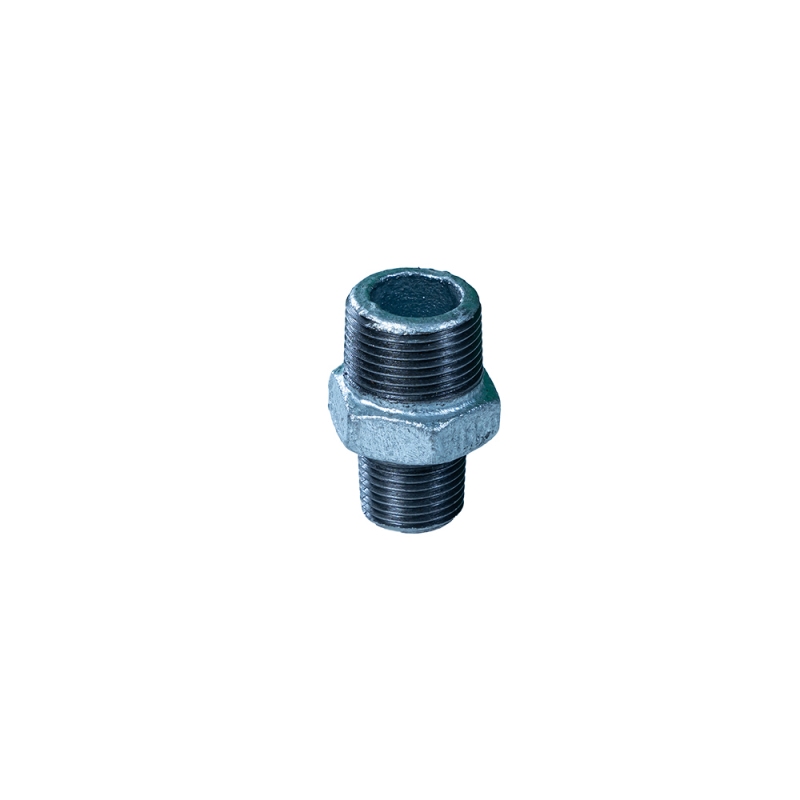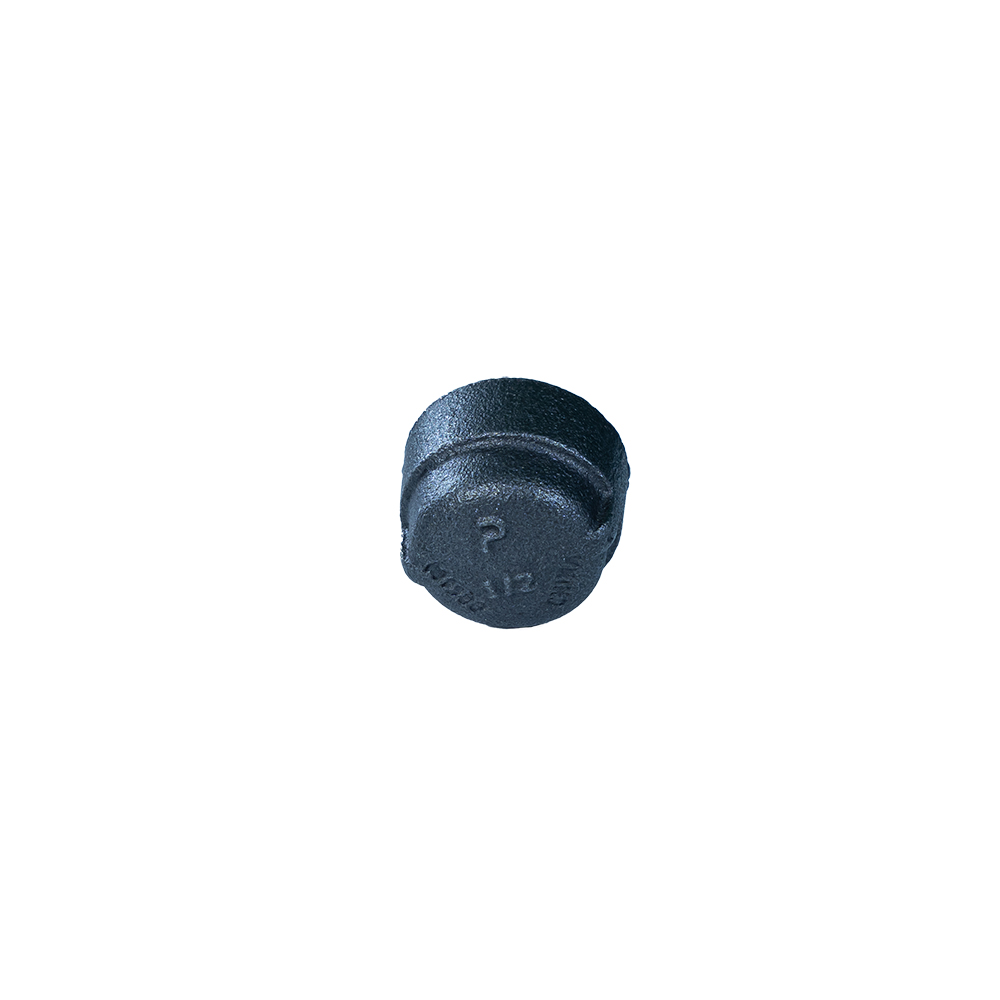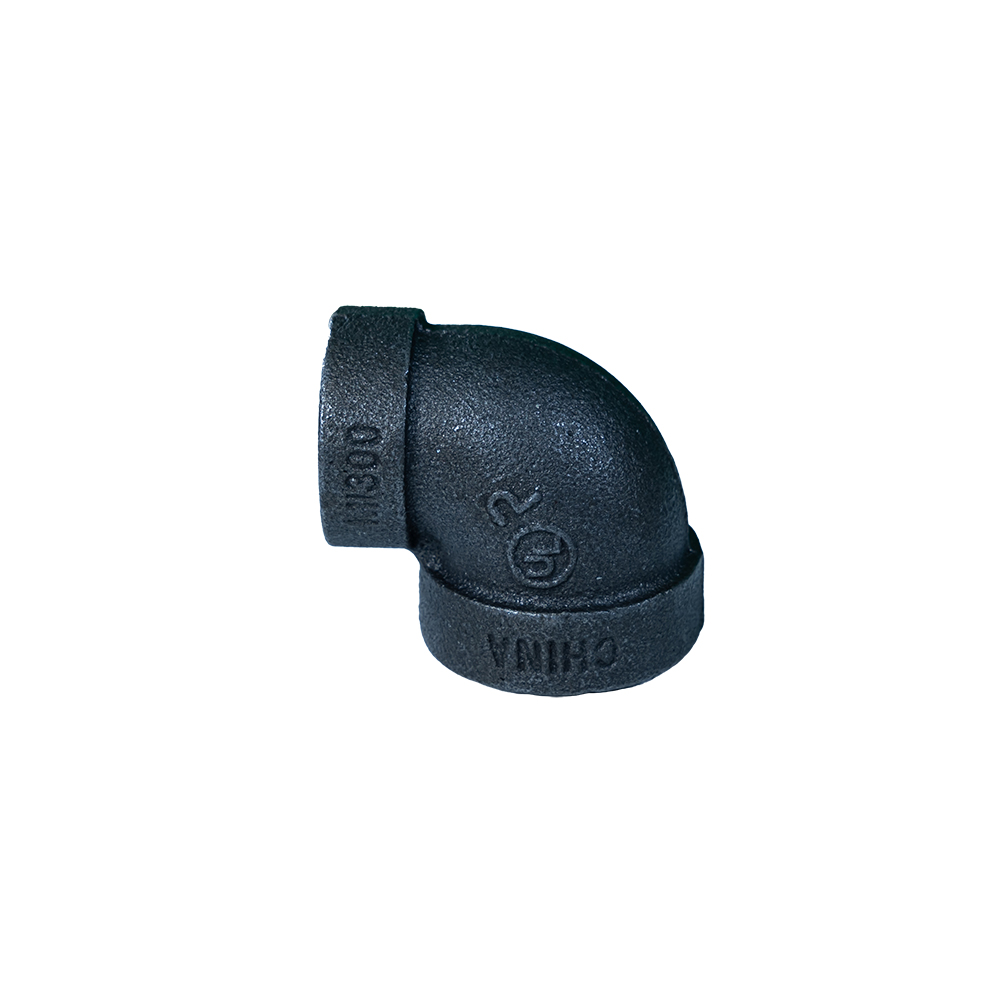Dated on Nov-19-2025
Understanding the Natural Gas 90 Degree Elbow: Why It Matters Globally
If you've ever glanced at the vast network of pipelines crisscrossing countries, powering homes and industries silently, you might not appreciate the humble elbow joints tucked into the system. Yet, the natural gas 90 degree elbow is a crucial piece in this immense puzzle, enabling safe, efficient directional changes in the piping infrastructure. Globally, as natural gas demand rises—fueling everything from urban heating to industrial chemistry—knowing the ins and outs of these fittings isn’t just for engineers. It touches economics, environmental safety, and energy accessibility in communities worldwide. In simple terms: the 90 degree elbow literally bends the flow of natural gas around corners. But this seemingly minor detail carries immense responsibility, ensuring that gas travels securely without leaks or pressure drops. That has enormous ripple effects on everything from energy costs to safety protocols. As sustainable energy transitions gain momentum worldwide (with UN data showing a 3% annual increase in natural gas use as a cleaner fossil fuel alternative), the role of such components only grows. Mini takeaway: While often overlooked, the natural gas 90 degree elbow is a backbone piece in the global energy supply chain, quietly supporting the infrastructure of modern life. ---Introducing the Natural Gas 90 Degree Elbow: What Is It Exactly?
So, what is a natural gas 90 degree elbow, really? Imagine a pipe carrying natural gas underground or inside a plant. When that pipe needs to turn a corner at a right angle, instead of bending the pipe itself (which risks cracks or flow problems), engineers install an elbow-shaped fitting that turns the gas direction smoothly and safely by 90 degrees. These elbows are made from specialized materials—typically carbon steel or stainless steel—that withstand high pressures, corrosive environments, and temperature fluctuations. In the natural gas industry, safety and durability are everything. An elbow failure could mean leaks, explosions, or costly downtime. In humanitarian and industrial settings, these elbows enable modular pipeline layouts — think rapid infrastructure setups in disaster recovery zones or tight industrial plants. Designing flexible, reliable piping solutions with natural gas 90 degree elbows allows engineers to adapt to varying site conditions and project scopes without sacrificing integrity. Mini takeaway: The natural gas 90 degree elbow is a purpose-built connector designed to enable safe turns in pipeline systems, marrying engineering precision with real-world needs. ---Core Factors Shaping the Role of Natural Gas 90 Degree Elbows
Understanding what makes a great natural gas 90 degree elbow means looking under the hood at its defining aspects:Durability
These elbows must resist internal pressure (sometimes over 3000 psi) and corrosion from environmental exposure. Using high-grade alloys or carbon steel with anti-corrosion coatings is standard practice. Durability translates directly into longer pipeline life and reduced maintenance costs.Material & Design Standards
Standards like ISO 9001 and ASME B16.9 govern the dimensions and mechanical properties to ensure compatibility and safety. Design precision affects flow dynamics too — sharp bends can cause turbulence and pressure loss, so the elbow's radius and wall thickness are carefully engineered.Installation & Scalability
Natural gas projects scale hugely, from small industrial plants to national grid expansions. These elbows come in various sizes (¼ inch up to 48 inches in diameter, roughly speaking), ready for welding or flanged connections. Their adaptability speeds deployment and facilitates future expansions.Cost Efficiency
Though some elbow designs with exotic coatings may cost more upfront, in the long run, their resistance to corrosion and fatigue saves money. Many operators find that investing in quality elbow fittings reduces downtime and environmental risks significantly.Safety & Compliance
Given that leaks can be catastrophic, each elbow must meet strict pressure and leak testing criteria, often including radiographic inspections and hydrostatic tests.| Specification | Typical Values | Notes |
|---|---|---|
| Material | Carbon Steel, Stainless Steel | ASTM A234 WPB common |
| Sizes | ¼” to 48” diameter | Custom sizes available |
| Pressure ratings | 150-2500 psi (PN10-PN40) | Varies by standard |
| End connections | Butt weld, flanged, socket weld | Depends on pipeline requirements |
| Testing | Hydrostatic, radiographic | Ensures leak-tightness and integrity |
How Natural Gas 90 Degree Elbows Fit Into Real-World Applications
All over the world, natural gas pipelines snake underground or over land, and that means navigating varied terrains that rarely conform to straight lines. It’s here the 90 degree elbow shines. - In Europe, where natural gas grids span dense urban areas and rugged rural zones, the elbow fittings allow designers to weave pipelines through city meters and countryside hills with precision. - In North America, for instance, major gas utilities use these fittings extensively for residential and industrial delivery. - Post-disaster relief efforts, like those seen in recent earthquake zones, rely on modular piping systems equipped with these elbows to quickly re-route gas supplies, bringing both energy and hope amid crisis. - Remote industrial sites, from mining camps in Australia to offshore platforms in the Gulf of Mexico, also depend on elbows to safely manage tight pipeline layouts under challenging conditions. Oddly enough, many field engineers note that choosing locally sourced elbows often improves supply chain resilience — avoiding delays caused by imported materials in critical situations. Mini takeaway: From bustling cities to remote outposts, the natural gas 90 degree elbow is a quiet enabler of reliable, adaptable, and safe energy distribution, tailored to the world’s diverse needs. ---The Long-Term Advantages of Natural Gas 90 Degree Elbows
There’s a tangible satisfaction in knowing that each elbow in a pipeline supports not only physical flow but social benefits: - Cost savings emerge with reduced leak risks and longer maintenance intervals. - Safety factors are paramount — these elbows help minimize accidents caused by sudden pipe stresses or weak joints. - Sustainability enters the picture with improved pipeline efficiency, reducing gas venting and emissions. - They contribute to energy reliability, essential for hospitals, schools, and homes. - And frankly, there’s a human comfort in knowing your house’s heating system is backed by dozens of meticulously designed components. In a way, these elbows represent trust — between manufacturers, engineers, and communities relying on natural gas as a critical resource. ---The Future: Trends and Innovations in Natural Gas Pipeline Fittings
Looking ahead, natural gas 90 degree elbows are not just static pieces. Innovation is buzzing with: - Advanced materials like corrosion-resistant alloys and composites to further extend life spans. - Smart monitoring systems embedded in pipes that detect stress and leaks in real time. - Digitally optimized designs that enhance flow and reduce wear. - Green energy integration, where natural gas pipelines interface with hydrogen or biogas blends — requiring elbows with novel sealing solutions. - Automation in manufacturing, enhancing consistency and reducing human error. The industry feels this shift towards sustainability and digitalization keenly, and it’s exciting to watch where it goes next. ---Common Challenges and How Experts Are Solving Them
Even the best natural gas 90 degree elbows face challenges: - Corrosion under soil or in harsh environments can weaken connections. - Installation mistakes cause leaks or pressure drops. - Variations in standards internationally sometimes complicate supply chains. Experts recommend: - Using coatings and cathodic protection to stave off corrosion. - Training installers thoroughly in welding and fitting techniques. - Choosing suppliers familiar with global compliance and able to customize products. Through combined quality control, smart materials, and on-site practice, these hurdles get tackled. ---FAQ: Your Questions About Natural Gas 90 Degree Elbows Answered
- Q: How does a natural gas 90 degree elbow withstand high pressure?
A: Typically made from carbon or stainless steel and tested rigorously (pressure up to 2500 psi), these elbows endure gas pipeline stresses without deformation or leaks thanks to thick walls and proper welding. - Q: Can the elbow fittings be customized for different pipe sizes?
A: Absolutely. Sizes range broadly from small residential to large industrial diameters, with options in weld types and materials tailored to project specs. - Q: Are natural gas elbows compatible with hydrogen blending?
A: Emerging designs now accommodate hydrogen blends by using special seals and materials to prevent embrittlement — a key industry trend. - Q: What maintenance does a 90 degree elbow require?
A: Routine inspections for corrosion and integrity, supported by pipeline monitoring technology, keep elbows performing reliably. - Q: Where can procurement teams source quality natural gas elbows?
A: Vendors with ISO certification and proven track records in pipeline projects are best — preferably those who can provide documentation and testing reports.
Vendor Comparison: Choosing the Right Partner for Natural Gas 90 Degree Elbows
| Vendor | Certifications | Customization | Lead Time | Price Range |
|---|---|---|---|---|
| PanNext Fittings | ISO 9001, ASME | High; custom orders available | 2-4 weeks | Mid to High |
| GlobalPipe Solutions | ISO 14001, API | Medium; standard sizes | 3-6 weeks | Mid |
| EcoFit Industries | ASME, ISO 9001 | Low; limited sizes | 4-8 weeks | Low to Mid |
Wrapping Up: Why the Natural Gas 90 Degree Elbow Remains Essential
Looking back, it’s remarkable how the natural gas 90 degree elbow—something most people never think about—upholds so much of the energy infrastructure that billions rely on daily. It’s a tiny hero in the grand story of gas distribution, keeping operations safe, flexible, and efficient. Whether you’re planning a new pipeline or just curious about the inner workings of gas systems, knowing these details helps appreciate the layers of engineering behind your gas supply. For those ready to explore quality fittings firsthand, visit natural gas 90 degree elbow suppliers like PanNext Fittings — and see how technology keeps things flowing smoothly. ---
References:
1. Wikipedia: Pipe Fittings
2. ISO 9001 Quality Management Systems
3. United Nations, Energy Statistics Database, 2023
Post time: Nov-19-2025
Related PRODUCTS









